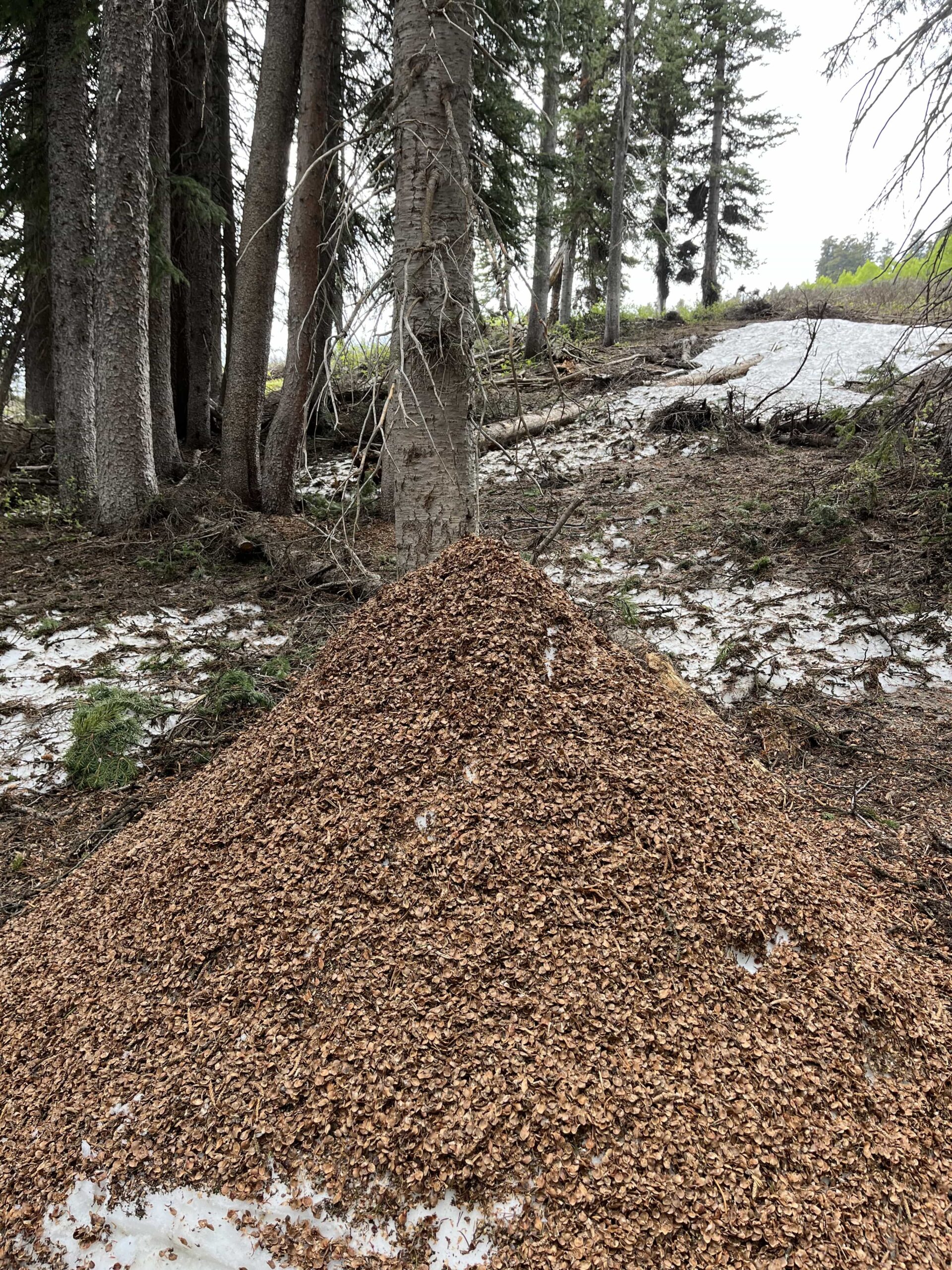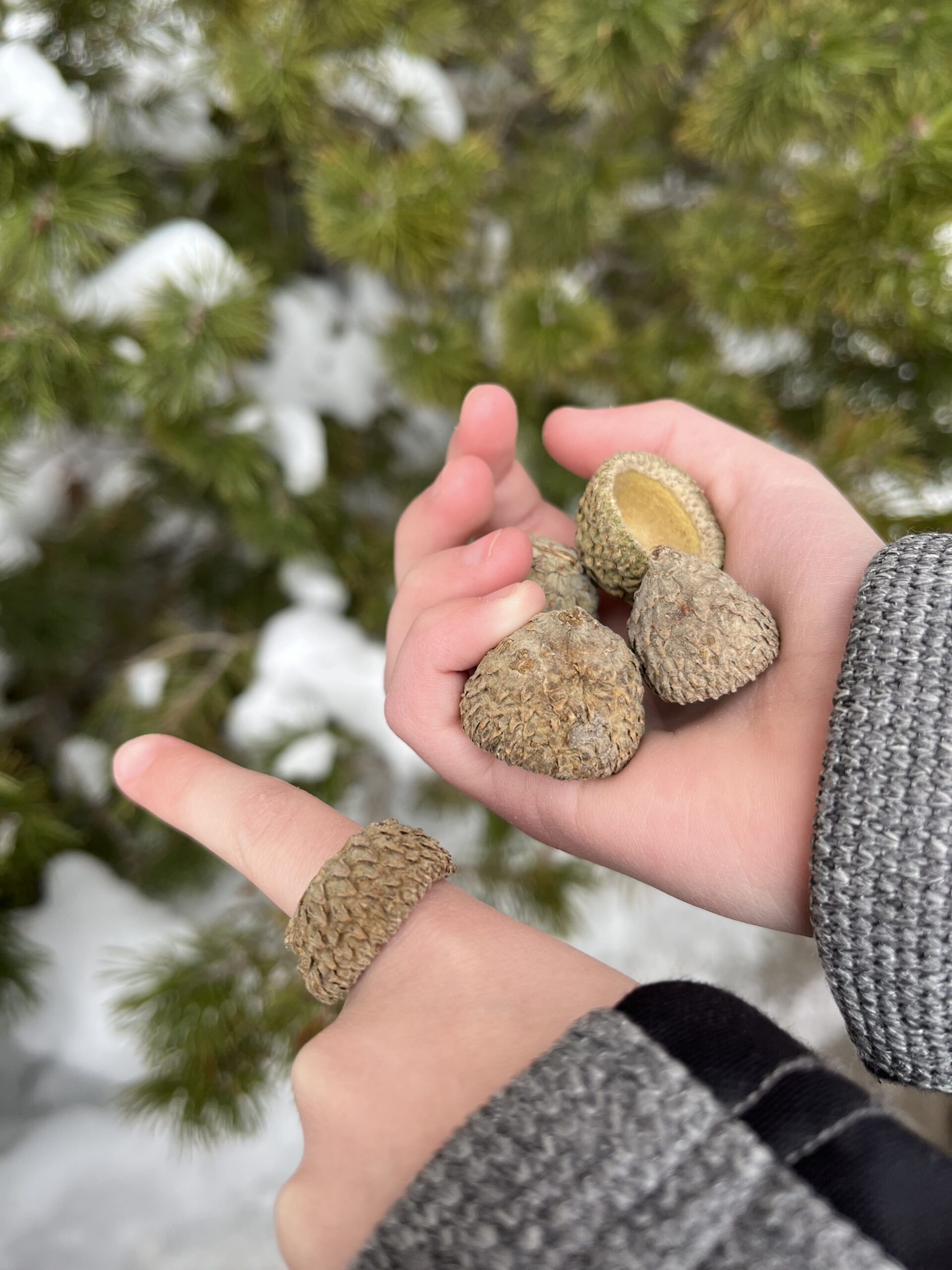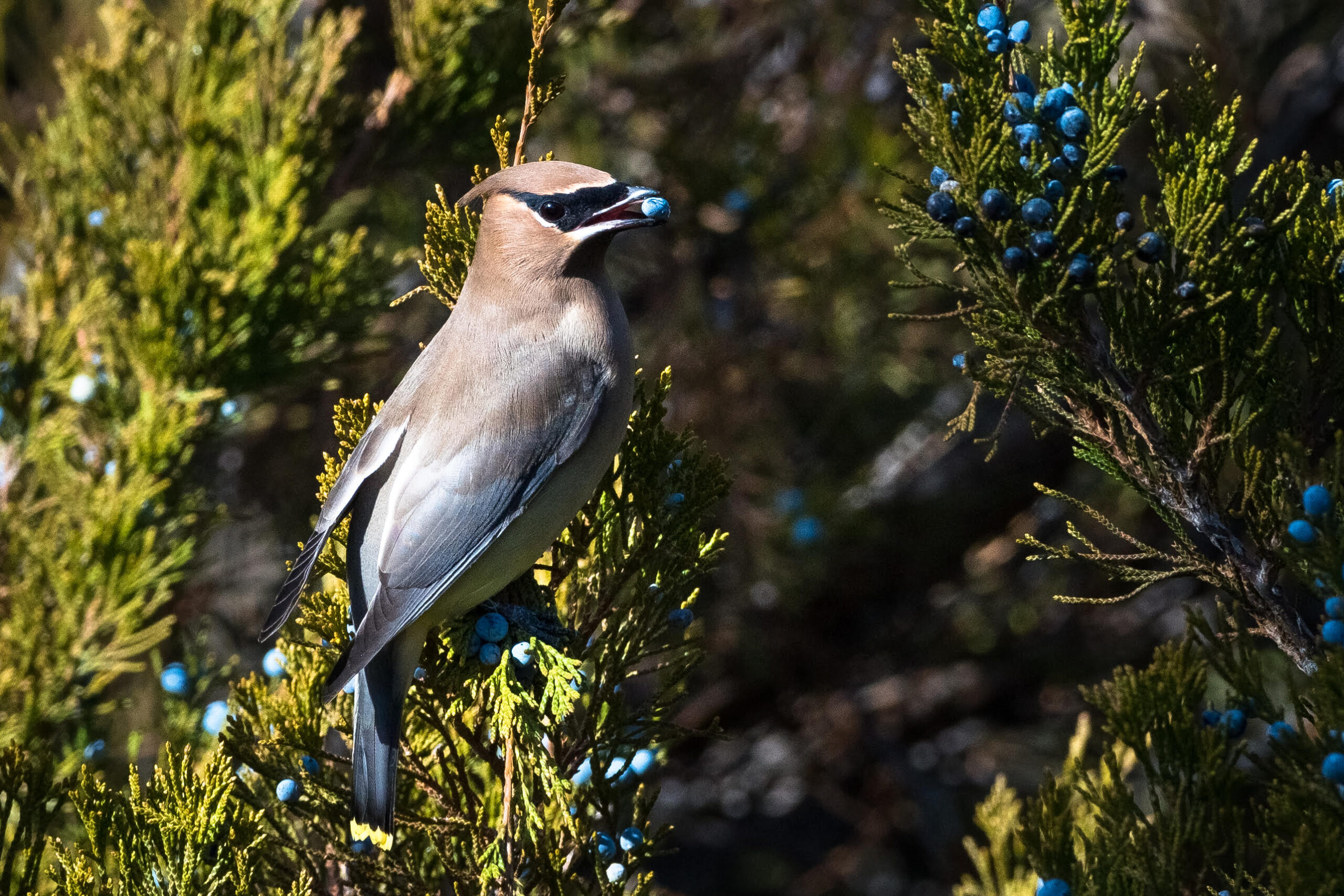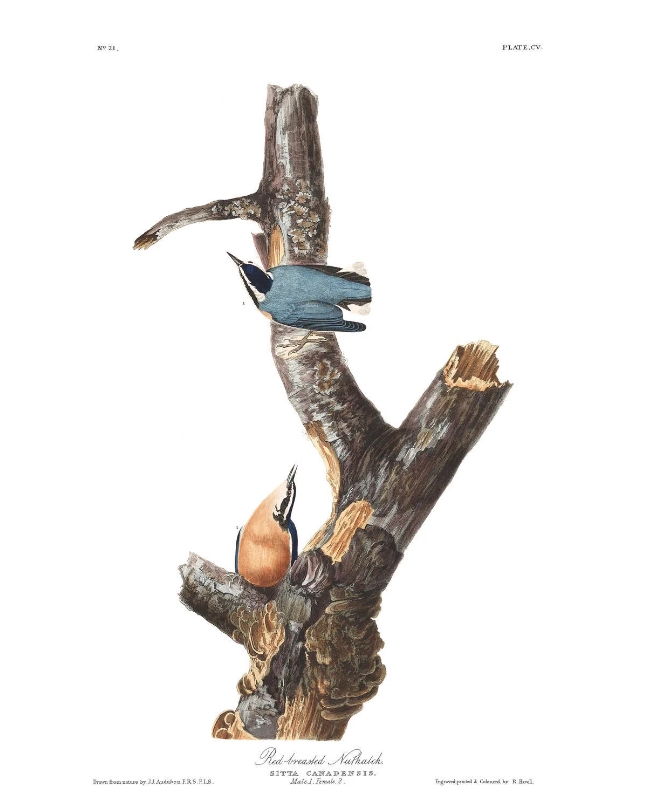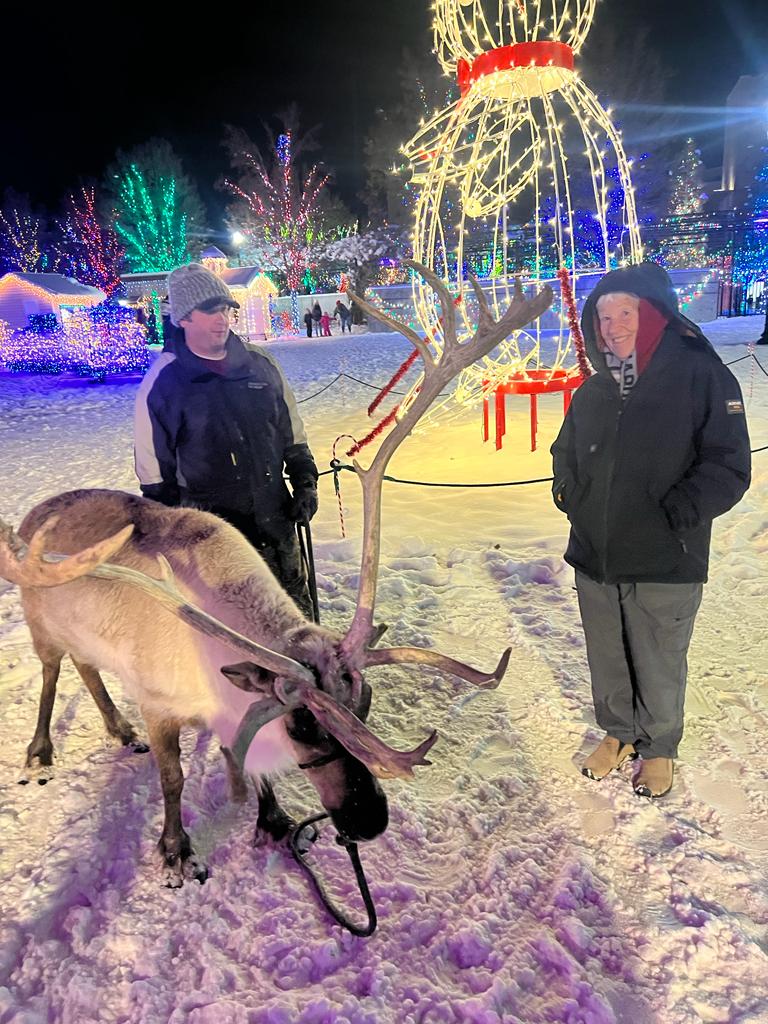
Courtesy US FWS
C Schlawe, Photographer
Whatever the reasons, the bird is the word!
It was never more apparent than when I visited an assisted living facility for elders in Logan, Utah where I was invited to deliver a 45 minute presentation. As I entered the room, a young lady had them riveted with a bird trivia quiz. Then came my turn. Many were in wheel chairs, others with walkers, some seated with staff assistance.
I opened by asking them if they had a favorite bird, or bird story to share. A diminutive lady of Indian heritage and telling accent told of her mother’s favorite- a parrot which lived on her shoulder and would chat away as she went about cooking and housework. Later in the session she had another story. As a young girl she was eating a sandwich when an raptor swooped down and snatched it from her hands, leaving a slice that left a scar which she attempted to show me.
When a lull occurred, I asked if anyone had ever been called “bird brain”. Several raised their hands with a sheepish giggle, as did I. I lavished them with trivia on the remarkable neurological design that allows a tiny bit of high quality, tightly packaged neurons to perform the amazing feats birds are capable of. Beyond this, how bird brains can change form for breeding season activities and when half brain sleeps and half awake during migration.
Another filler. I paraded bird skins and nests from our locals for bird ID and notes of interest. The hummingbird and nest was an immediate hit, as was the stunning Bullock’s oriole with its nest made from horsetail hair and fishing line. The common snipe was of special interest. “How many have been on a snipe hunt in the night?” Many hands raised. Then I showed the bird, a far cry from what they imagined this mystery animal to be.
A woman near the back shared another story of a family parrot which had some unseemly language to share with guests, could miraculously escape from most any cage, and dismantle whatever it pleased- a brilliant, very mischievous bird.
Another bird of special interest was the kingfisher. Holding it in my hand, I shared an intimate experience when a kingfisher slammed into our window (since successfully installed bird deterrents). Thinking the bird dead, it later awakened in a cardboard box I had placed it in, and was released in fine flying form. A day later, it reappeared on my deck rail, looked me in the eye with a gratuitous head tilt as if to say “thanks Jack!” and flew off. Most unusual behavior for the kingfisher!
I learned much from my audience that morning, bird love, great story telling, and new friends- I hope to return!
Jack Greene for Bridgerland Audubon Society, and I’m wild about Utah!
Credits:
Images: Jack Greene, Bridgerland Audubon, https://bridgerlandaudubon.org/
Audio: Courtesy & © Kevin Colver, https://wildstore.wildsanctuary.com/collections/special-collections
Text: Jack Greene, Bridgerland Audubon, https://bridgerlandaudubon.org/
Additional Reading: Lyle Bingham and Jack Greene, Author, Bridgerland Audubon, https://bridgerlandaudubon.org/
Additional Reading:
Jack Greene’s Postings on Wild About Utah, https://wildaboututah.org/author/jack/

